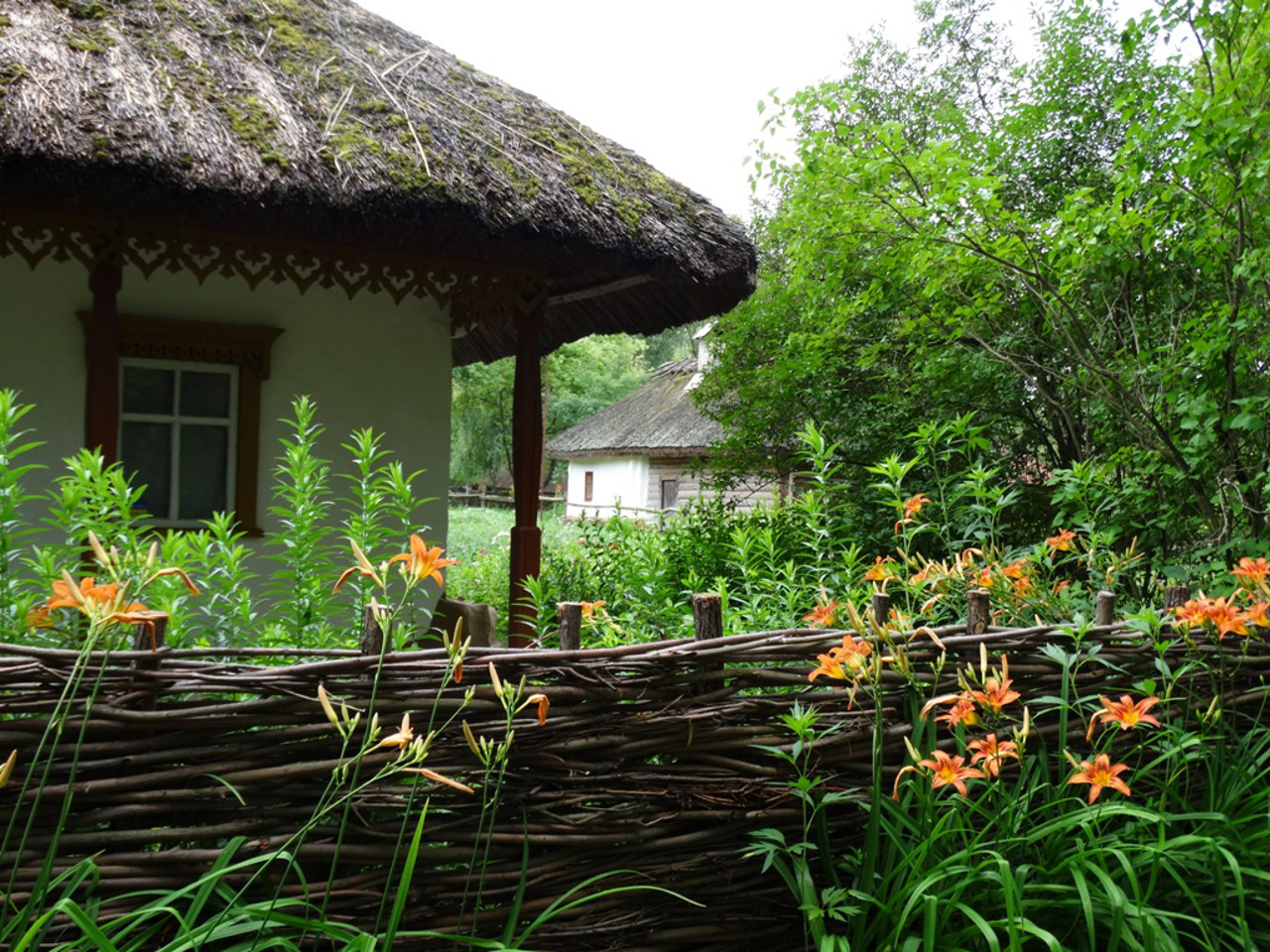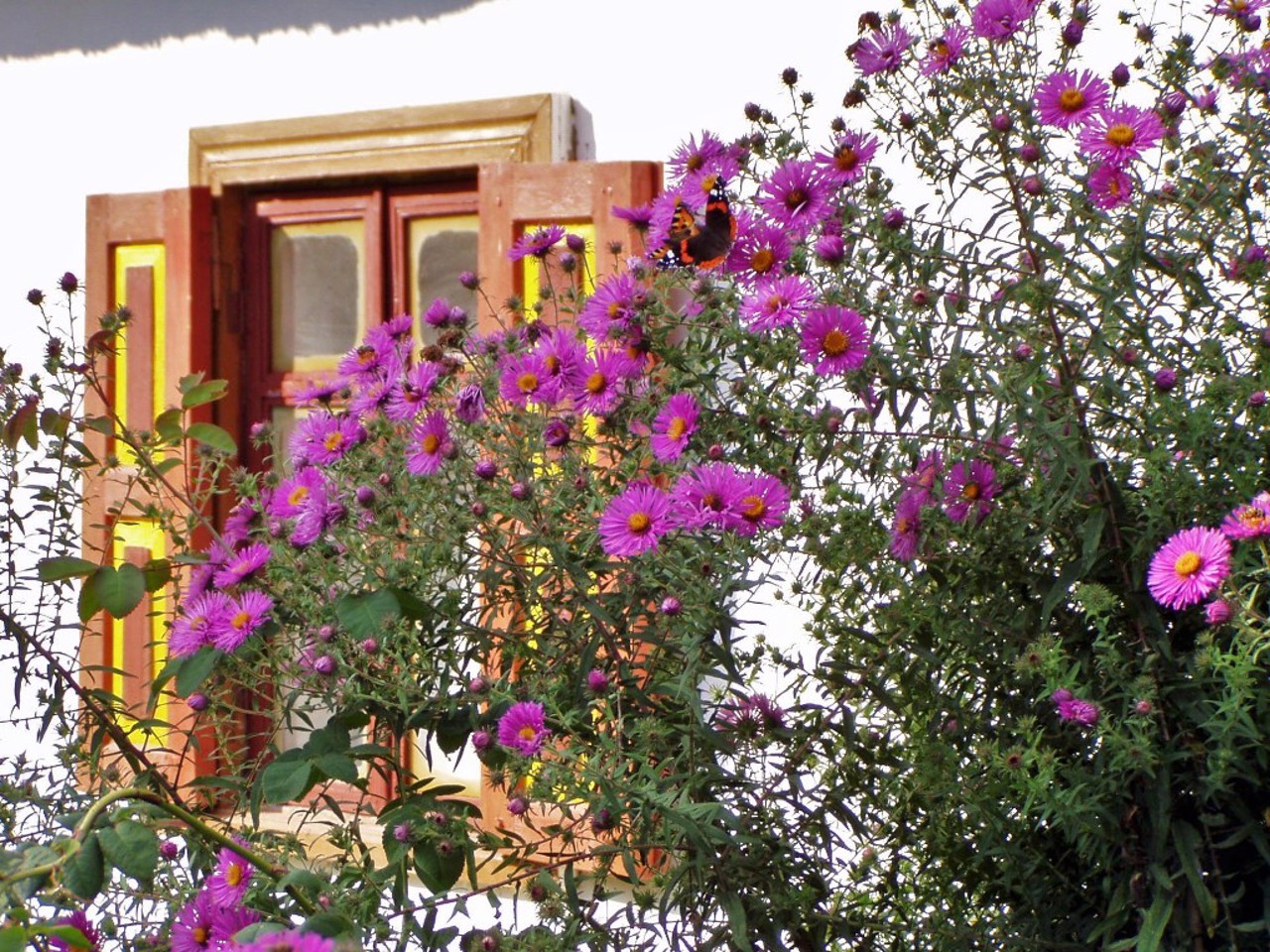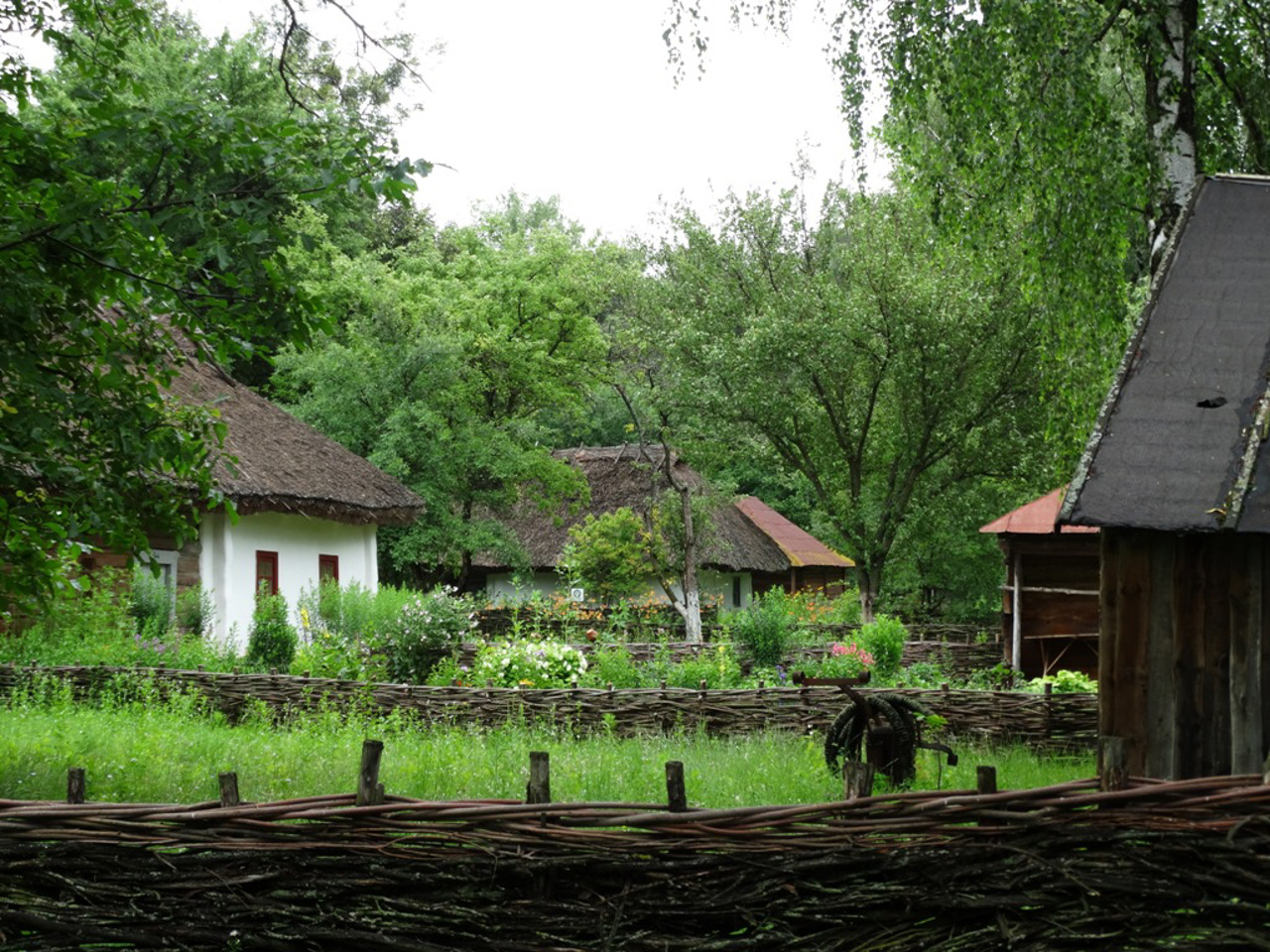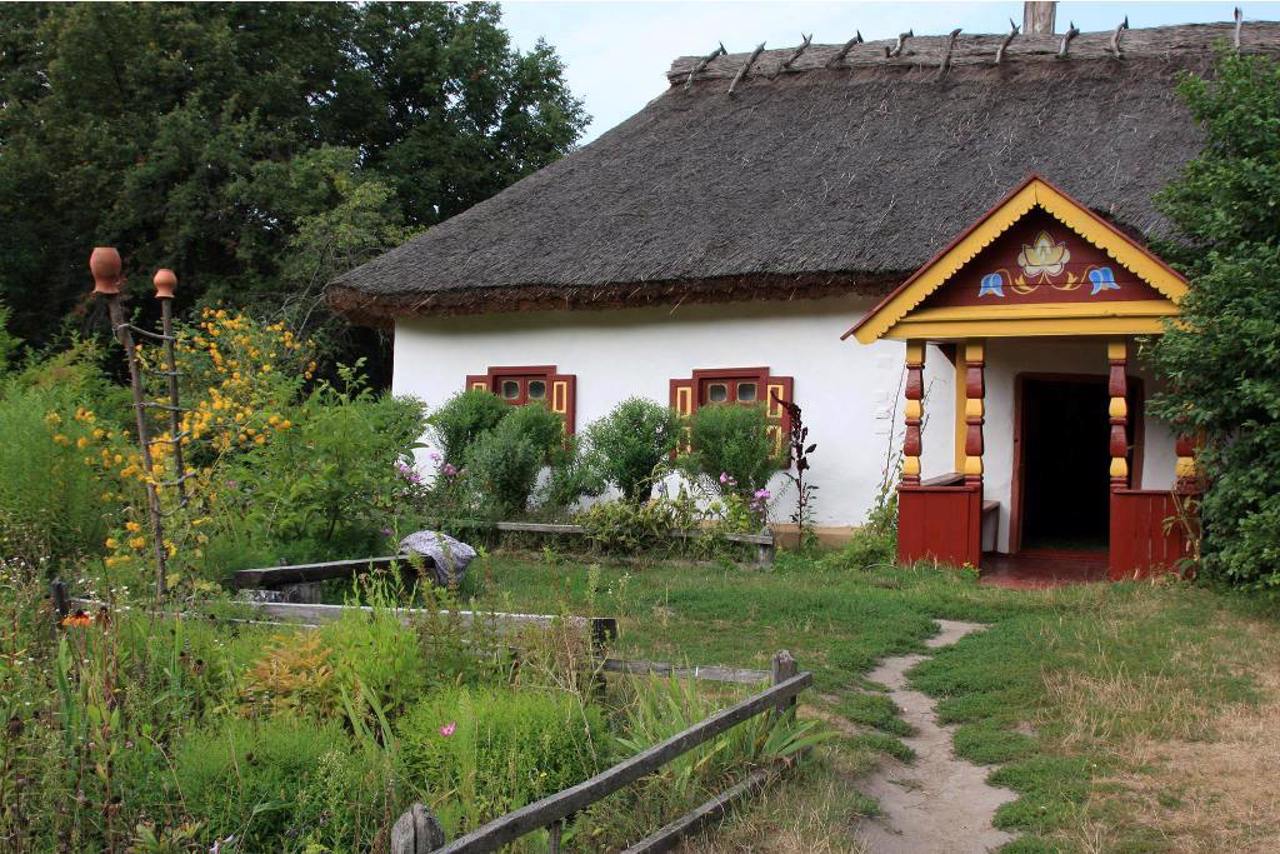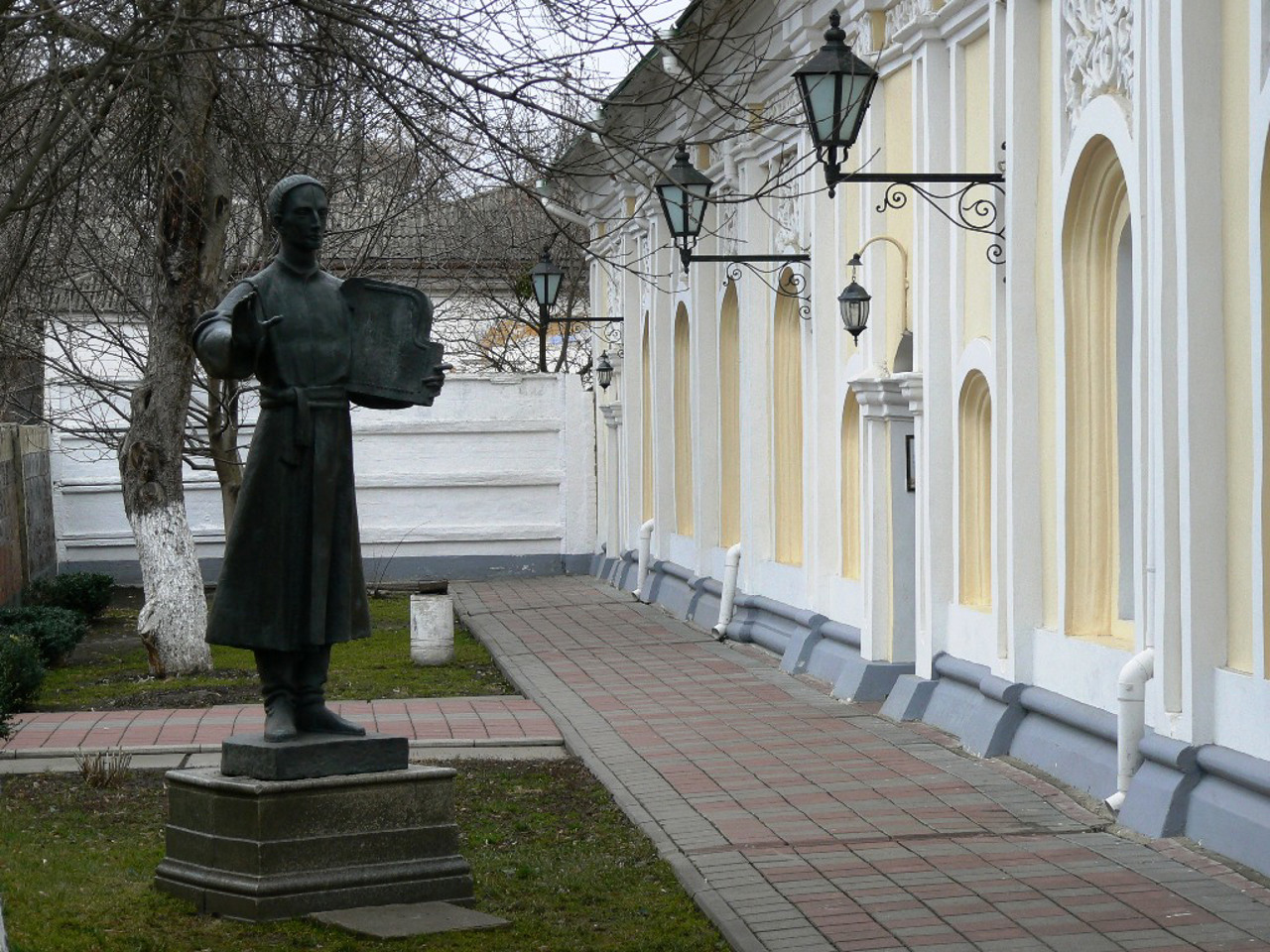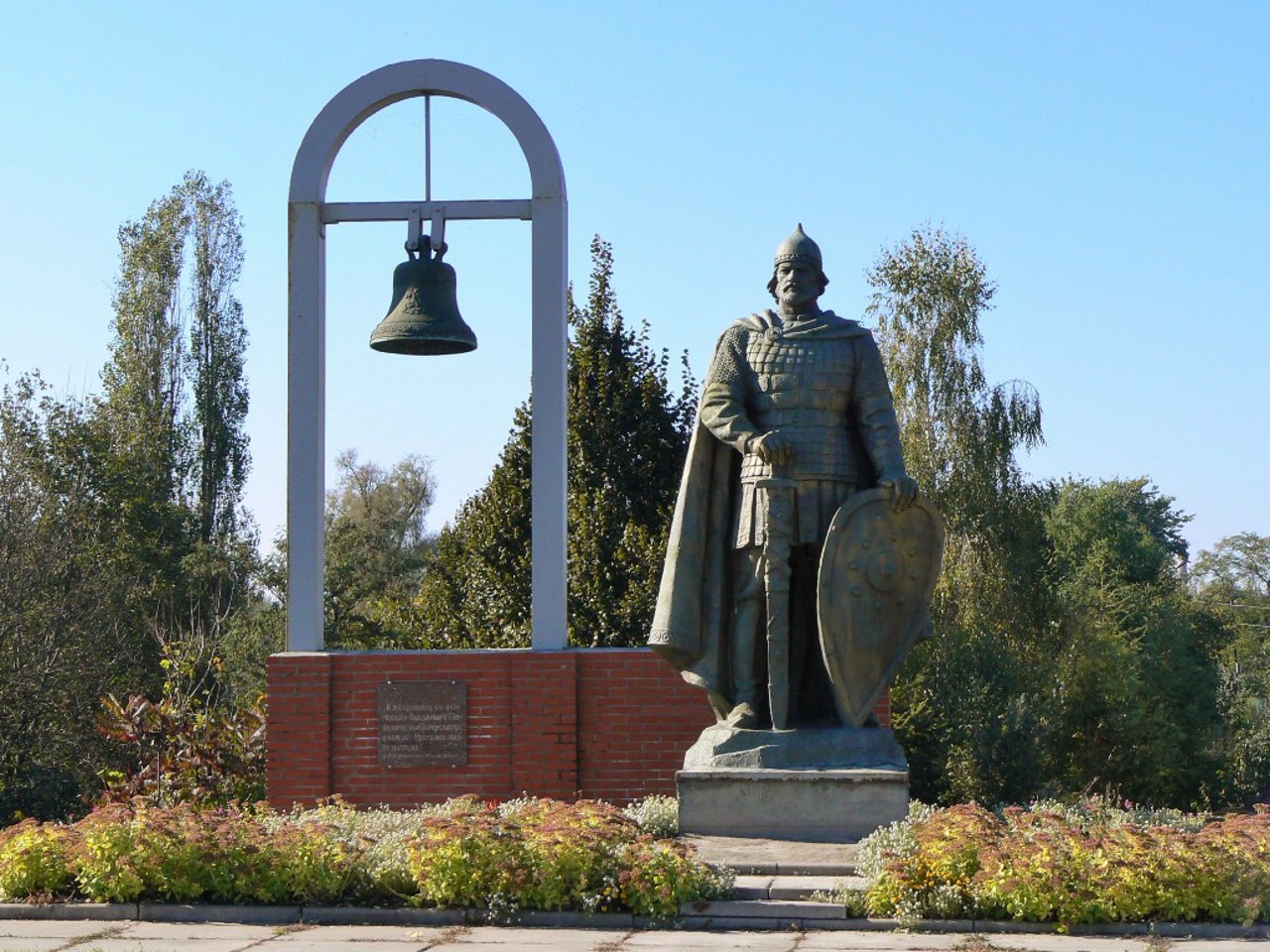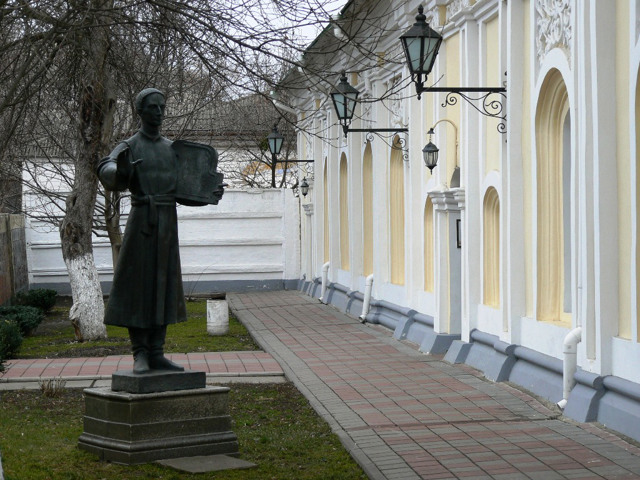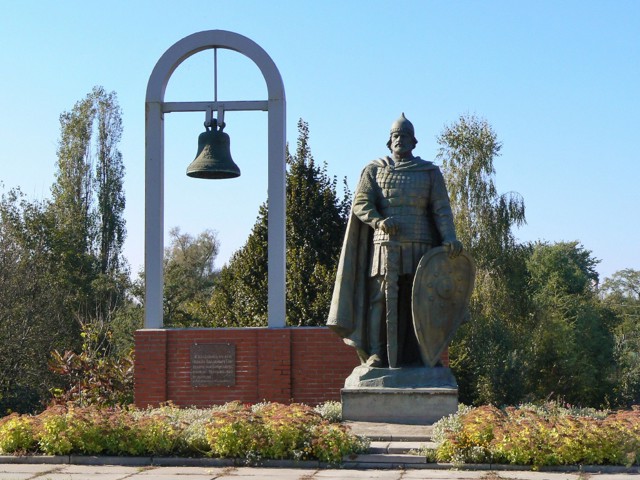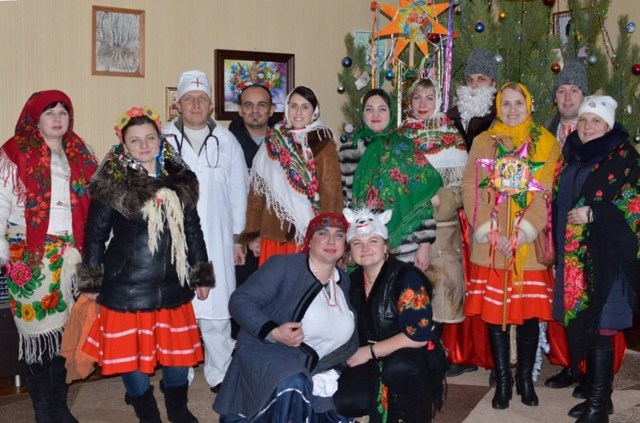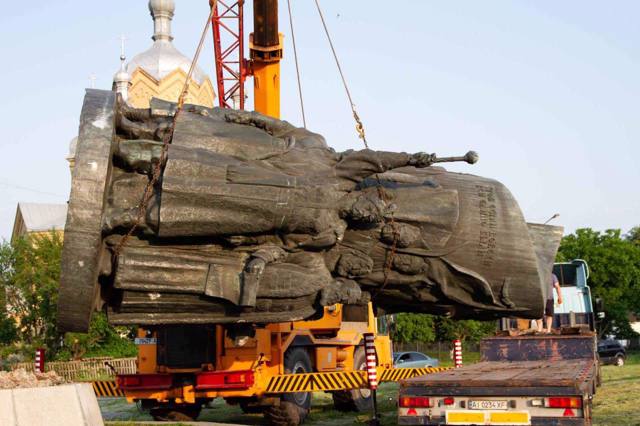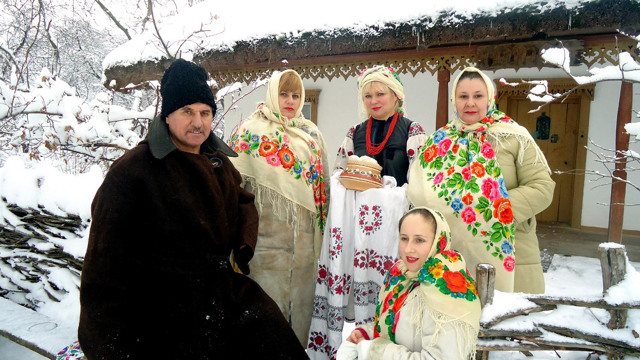Functional temporarily unavailable
General information about Pereyaslav
Pereyaslav is a cozy provincial town-museum on the river Trubizh, on the left bank of the Dnipro.
For the first time Pereyaslavl was mentioned in the treaty between Rus and Byzantium in 907 as one of the four largest cities of the Kyiv state. An ancient legend attributes the foundation of the city to the Kyiv prince Volodymyr the Great, who defeated the Pechenihy army here in 992. According to The Tale of Bygone Years, the battle was preceded by a duel between a young Rus hero-kozhumyaka (a possible prototype of the fabulous Kyrylo Kozhumyaka) with the famous Pechenihy warrior, in which the young hero won, thereby "surpassing the glory" of the Pechenihy giant.
In princely times Pereyaslavl was a fortress on the southern border of Kyiv Rus, a trade center, as well a ...
Pereyaslav is a cozy provincial town-museum on the river Trubizh, on the left bank of the Dnipro.
For the first time Pereyaslavl was mentioned in the treaty between Rus and Byzantium in 907 as one of the four largest cities of the Kyiv state. An ancient legend attributes the foundation of the city to the Kyiv prince Volodymyr the Great, who defeated the Pechenihy army here in 992. According to The Tale of Bygone Years, the battle was preceded by a duel between a young Rus hero-kozhumyaka (a possible prototype of the fabulous Kyrylo Kozhumyaka) with the famous Pechenihy warrior, in which the young hero won, thereby "surpassing the glory" of the Pechenihy giant.
In princely times Pereyaslavl was a fortress on the southern border of Kyiv Rus, a trade center, as well as the first spiritual capital of the country - the residence of the Kyiv metropolitans (while Sophia of Kyiv was being built). It was ruled by Volodymyr Monomakh, Yuriy Dovhoruky, Volodymyr Hlibovych and others. The city had two stone castles (princely and episcopal), 8 churches. After the Mongol-Tatar invasion of 1239, only the foundations of ancient Rus buildings were preserved.
In 1654, the Pereyaslav Rada took place in the revived city, which proclaimed the annexation of Ukraine to Moskovia.
Until 1782 Pereyaslav was a regimental town, a significant center of education. The philosopher Hryhoriy Skovoroda, the poet Taras Shevchenko, and other cultural figures lived and worked here.
The National Historical and Ethnographic Reserve "Pereyaslav" unites 25 museums, incl. the famous skansen - Museum of Folk Architecture and Life of the Middle Dnipro Region.
Переяслав - затишне провінційне місто-музей на річці Трубіж, на лівому березі Дніпра.
Вперше Переяславль згадується в договорі між Руссю та Візантією у 907 році як одне з чотирьох найбільших міст Київської держави. Давня легенда приписує заснування міста київському князю Володимиру Великому, який розбив тут в 992 році печенізьке військо. Згідно "Повісті временних літ", бою передував поєдинок якогось юного руського богатиря-кожум'яки (можливий прототип казкового Кирила Кожум'яки) з прославленим печенізьким воїном, в якому молодий герой переміг, чим "перейняв славу" печенізького велетня.
У княжі часи Переяславль був фортецею на південному кордоні Київської Русі, торговим центром, а також першої духовною столицею країни - резиденцією київських митроп ...
Переяслав - затишне провінційне місто-музей на річці Трубіж, на лівому березі Дніпра.
Вперше Переяславль згадується в договорі між Руссю та Візантією у 907 році як одне з чотирьох найбільших міст Київської держави. Давня легенда приписує заснування міста київському князю Володимиру Великому, який розбив тут в 992 році печенізьке військо. Згідно "Повісті временних літ", бою передував поєдинок якогось юного руського богатиря-кожум'яки (можливий прототип казкового Кирила Кожум'яки) з прославленим печенізьким воїном, в якому молодий герой переміг, чим "перейняв славу" печенізького велетня.
У княжі часи Переяславль був фортецею на південному кордоні Київської Русі, торговим центром, а також першої духовною столицею країни - резиденцією київських митрополитів (поки будувалася Софія Київська). Тут правили Володимир Мономах, Юрій Довгорукий, Володимир Глібович та інші. В місті було два кам'яних замки (княжий і єпископський), 8 храмів. Після монголо-татарської навали 1239 року збереглися тільки фундаменти давньоруських будівель.
В 1654 році у відродженому місті відбулася Переяславська рада, яка проголосила приєднання України до Московії.
До 1782 року Переяслав був полковим містом, значним центром освіти. Тут жили і працювали філософ Григорій Сковорода, поет Тарас Шевченко, інші діячі культури.
Національний історико-етнографічний заповідник "Переяслав" об'єднує 25 музеїв, в тому числі відомий скансен - Музей народної архітектури та побуту Середньої Наддніпрянщини.
Сплануй своє перебування у Pereyaslav
What to see and where to go in Pereyaslav
Tourist attractions and museums of Pereyaslav
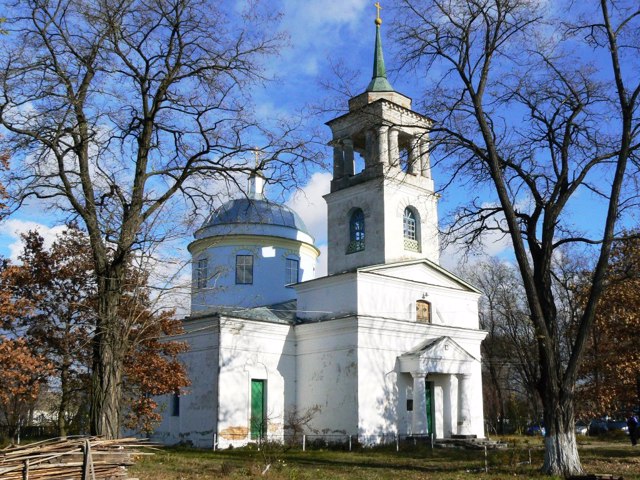
Saints Borys and Hlib Church
Temple , Architecture
Church of Saints Borys and Hlib in Pereyaslav was built in the early XIX century on the site where in 1015 by order of Svyatopolk Okayannyi was killed Prince Borys, son of Volodymyr the Baptist, who became one of the first Rus saints.
The first shrine at the confluence of the Alta and Trubizh was erected by the will of Prince Volodymyr Monomakh. In 1125, according to the chronicles, Monomakh died "near his favorite church built on the Alta, seventy-two years from birth." After some time Borys and Hlib Church was destroyed by the Polovtsians, but in 1806-1839 it was rebuilt in the style of classicism.
The Church of Saints Borys and Hlib in Pereyaslav is an architectural monument of national importance. The main shrine is a stone cross that pours myrrh, made in 1664 by the folk craftsman Kharko Bespaly. In fact, the Saints Borys and Hlib Church was built around it. The anointing of the cross began in the 1980s.
To mark the 1000th anniversary of the deaths of Saints Borys and Hlib, an eight-meter wooden cross has been erected on the church grounds.
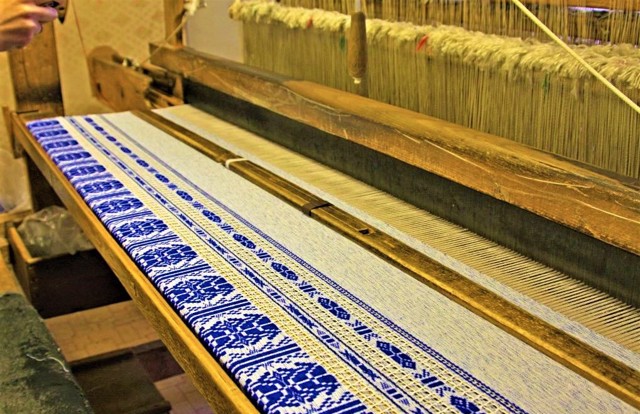
Art Products Factory (Synagogue)
Architecture , Museum / gallery
The building of the synagogue in Pereyaslav was built at the beginning of the 20th century. This is the only surviving Jewish religious building in the city, although at the end of the 19th century, half of the population of Pereyaslav consisted of Jews.
Since Soviet times, the building housed the Bohdan Khmelnytskyi Art Products Factory, which produced handmade woven and embroidered products (towels, embroidered shirts, etc.). Tours were held. Finished products could be purchased directly at the factory.
On November 1, 2024, the Bohdan Khmelnytskyi Art Products Factory ceased operations.
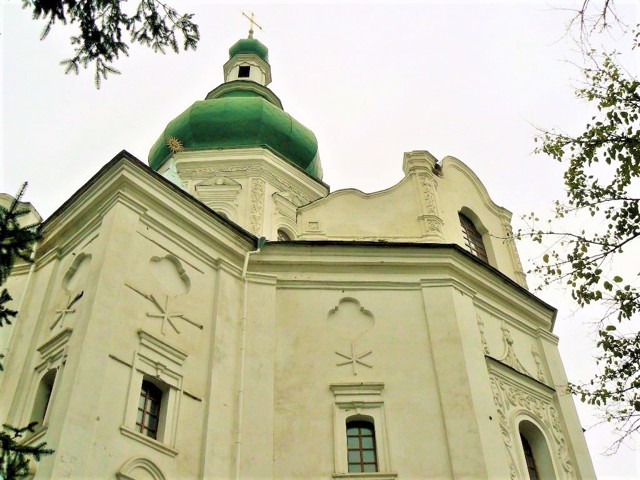
Ascension Cathedral (Museum-diorama "Battle for the Dnipro")
Temple , Architecture , Museum / gallery
The majestic complex of the Ascension Monastery was built in 1700 in the center of Pereyaslav at the expense of Hetman Ivan Mazepa. It is a part of the National Historical and Ethnographic Reserve "Pereyaslav".
The monumental Ascension Cathedral is considered a model of Ukrainian national architecture due to its complex construction and rich Baroque stucco.
On the territory of the monastery there is a two-storey building of the former monastery school and the dormitory of bursaks. In 1776, a three-tiered bell tower in the Ukrainian Baroque style, 48 meters high, was built, which served as the second entrance to the monastery.
In Soviet times, a museum-diorama "Battle for the Dnipro and the creation of the Bukrin bridgehead in the autumn of 1943" (canvas length 28 meters, height 7 meters) was opened in the cathedral, which recreates the events of September 21-22, 1943, when Soviet troops Dnipro on the Bukryn bridgehead near Pereyaslav.
The Mausoleum of Eternal Glory is located in the basement, where the names of Pereyaslav residents who died in the Second World War are immortalized on the walls.
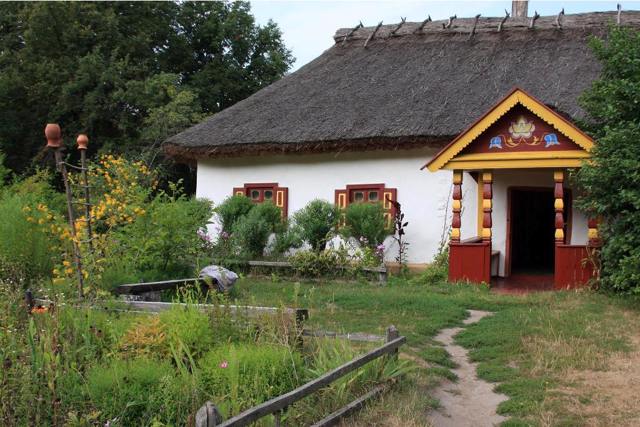
Folk Architecture and Life Museum of the Middle Dnipro Region
Museum / gallery , Ethnographic complex
The Museum of Folk Architecture and Life of the Middle Dnipro Region is the first and one of the largest open-air museums in Ukraine. It was founded in 1964 on the initiative of historian and ethnographer Mykhailo Sikorskyi. It is a part of the National Historical and Ethnographic Reserve "Pereyaslav".
The building of the museum imitates the planning of a classic Ukrainian village with a square in the middle. There are about 300 exhibits in the picturesque park area of 25 hectares on the outskirts of Pereyaslav. Almost half of them are authentic wooden temples, peasant houses and windmills of the XVII-XIX centuries, transported here from different parts of the region. 20 peasant yards with residential and farm buildings represent the life of representatives of various professions and segments of the population of Middle Dnipro Region - from the house of a poor peasant to the hunting lodge of Count Horchakov. The interiors feature more than 20,000 exhibits: works of folk artists, tools, household items, archaeological materials, documents, photographs.
Among the most valuable architectural monuments: the Church of the Intercession of the Blessed Virgin (early XVII century) and the bell tower (mid-XVIII century) from the Right Bank Kyiv region; the Church of Saint George (mid-18th century) from the Pereyaslav region, immortalized by Taras Shevchenko in the sepia "Andrusha"; forest border - a house of forest protection (late XIX century) from Kyiv Polissia; inn (early XIX century.) from the city of Pereyaslav.
There are 13 thematic museums in some monuments and exposition pavilions: Museum of the History of the Ukrainian Orthodox Church, Museum of Decorative and Applied Arts of the Kyiv Region, Museum of Ukrainian Rites, Museum of the Ukrainian Towel, Museum of the History of Forestry in the Middle Dnipro Region, Museum of the History of Beekeeping in the Middle Dnipro Region, Museum of Bread, Museum of the Post Station, Museum of the History of Folk Land Transport in the Dnipro Region, Museum of space, Mykola Benardos Museum, Sholom Aleichem Classics of Jewish Literature Museum, the Polissya District Memorial Museum.
The archeological department exhibits reconstructions of dwellings of the Late Paleolithic, Cherniakhiv culture, Ancient Kyiv, Cossack era, as well as lapidary with stone stelae and burial structures of different epochs.
The decoration of the museum is the natural landscape of the Tatar mountain, with skillfully inscribed in it artificial ponds, streets, courtyards, gardens, orchards and pastures, which give it vitality and special comfort.
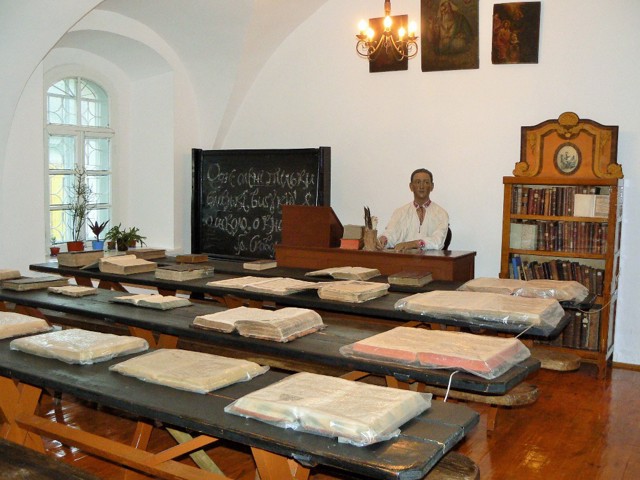
Hryhoriy Skovoroda Memorial Museum (Collegium)
Architecture , Museum / gallery
The Pereyaslav Collegium was opened at the Ascension Monastery in Pereyaslav in 1738. Its main purpose was to train the Orthodox clergy to fight against the union and Catholicism on the Right Bank.
The school had six classes: two grammars, one each - rhetoric, poetics, philosophy and theology. The term of study was six years. Children of the clergy, Cossack officers, burghers, and peasants studied here.
From 1750 to 1751, the outstanding Ukrainian philosopher-humanist, poet and educator Hryhorii Skovoroda taught poetry at the Pereyaslav Collegium. To commemorate the 250th anniversary of his birth, a memorial museum was established in the reconstructed building. The atmosphere of the library, classroom, teacher's room is recreated. The atmosphere of the era is conveyed by antique furniture and interior items - cabinets, chairs, secretary, astronomical globe, ancient musical instruments. A copy of the Peresopnytsia Gospel, which was kept in the collegium until 1862, is presented.
In the art department you can see a portrait of Hryhoriy Skovoroda by an unknown artist of the XVIII century, a sculptural portrait of the philosopher Ivan Kavaleridze, rare folk paintings: "Cymbalist", "Near the house".
The Hryhoriy Skovoroda Memorial Museum is part of the National Historical and Ethnographic Reserve "Pereyaslav".
Pereyaslav in news and blogs
Reviews Pereyaslav
Geographical information about Pereyaslav
| {{itemKey}} | {{itemValue}} |
|---|---|
| Region |
Kyiv |
